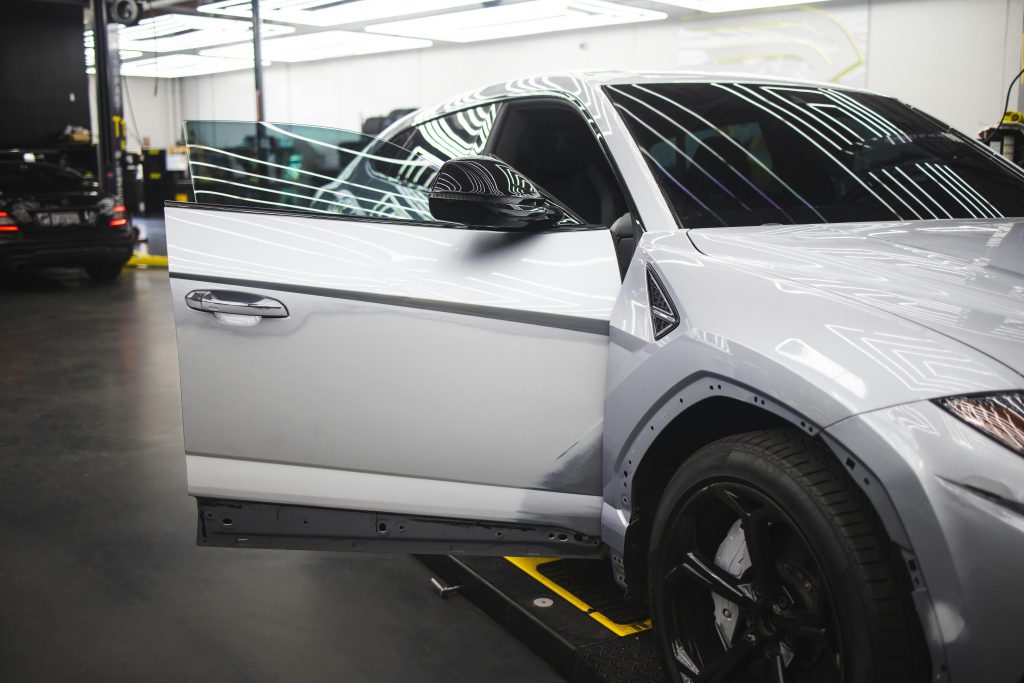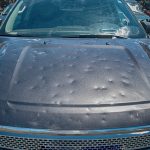Hailstorms can cause significant damage to vehicles, and navigating the insurance process for repairs can be daunting. This guide will help you understand each step of the process, ensuring you get your vehicle back to its pre-storm condition smoothly and efficiently.
Assessing the Damage
Visual Inspection: After a hailstorm, conduct a thorough visual inspection of your vehicle. Look for dents, dings, cracked windshields, and damaged paint.
Documentation: Document the damage with clear, detailed photos from multiple angles. This evidence will be crucial for your insurance claim.
Initial Contact: Contact your insurance company as soon as possible to report the damage. Early reporting can expedite the claims process.
Filing an Insurance Claim
Understanding Coverage: Most comprehensive auto insurance policies cover hail damage. Review your policy to understand your coverage, deductibles, and limits.
Filing the Claim: Here’s a step-by-step guide on filing a hail damage claim:
- Gather necessary information: Policy number, details of the damage, and the date and location of the hailstorm.
- Submit the claim through your insurance company’s preferred method (online, phone, or in-person).
Working with the Insurance Adjuster
Scheduling an Inspection: Once your claim is filed, schedule an inspection with an insurance adjuster. They will assess the damage to determine the repair costs.
What to Expect: During the inspection, the adjuster will examine the documented damage. Be present to answer any questions and provide additional information if needed.
Providing Evidence: Ensure you provide the adjuster with the photos and documentation you collected. This helps in getting an accurate assessment of the damage.
Choosing a Repair Shop
Insurance-Preferred vs. Independent Shops: Decide whether to use an insurance-preferred repair shop or an independent one. Insurance-preferred shops often streamline the process, but independent shops may offer personalized service.
Finding a Reputable Shop: Look for a repair shop with good reviews, certifications, and a strong reputation for quality work. Ensure they specialize in hail damage repair.
Getting Estimates: Obtain multiple repair estimates and submit them to your insurance company. This helps ensure you receive fair compensation for the repairs.
The Repair Process
Approval from Insurance: Once the estimates are submitted, wait for approval from your insurance company. They may approve the lowest bid or negotiate a fair price.
Repair Techniques: Understand the common repair techniques, especially Paintless Dent Repair (PDR), which preserves your vehicle’s original paint.
Timeline and Communication: Discuss the repair timeline with the shop and maintain communication to stay updated on the progress.
After the Repairs
Final Inspection: After the repairs are completed, inspect your vehicle thoroughly to ensure all damage has been addressed.
Handling Disputes: If there are any issues or discrepancies with the repairs, address them with the repair shop or insurance company immediately.
Warranty Information: Understand the repair warranty and keep all related documents for future reference.
Conclusion
Navigating the insurance process for hail damage repairs can be complex, but understanding each step can make it more manageable. By being proactive, documenting everything, and working with reputable professionals, you can ensure your vehicle is restored efficiently and effectively.
If your vehicle has suffered hail damage, contact US Hail Repair for expert assessment and repair services. Our experienced team is ready to help you get your vehicle back to its best condition. For more information or to schedule a repair, visit our website or call us at 800-715-2032.



